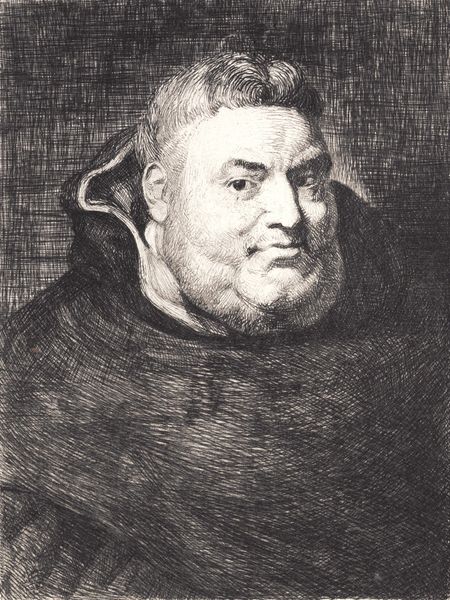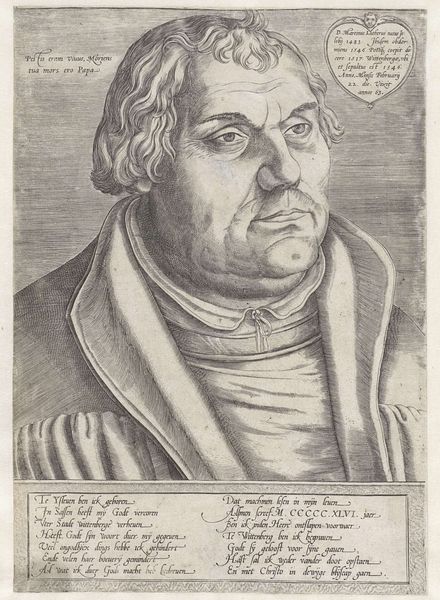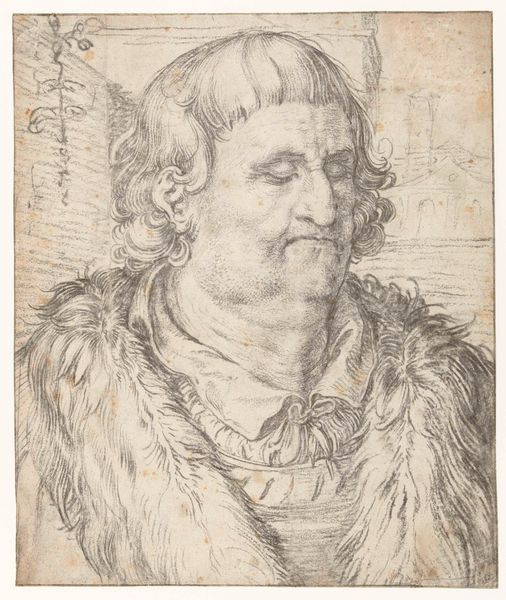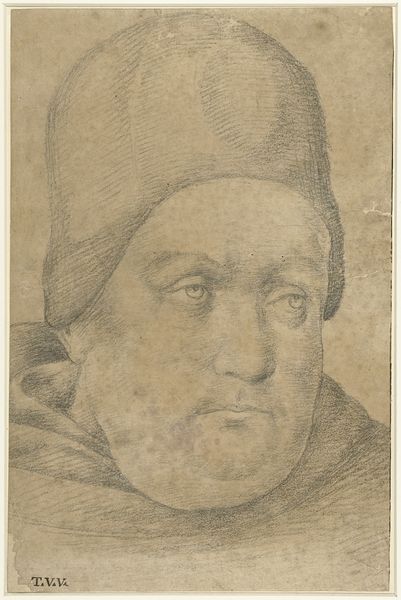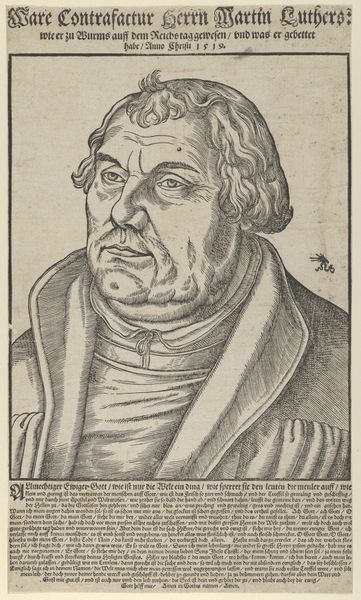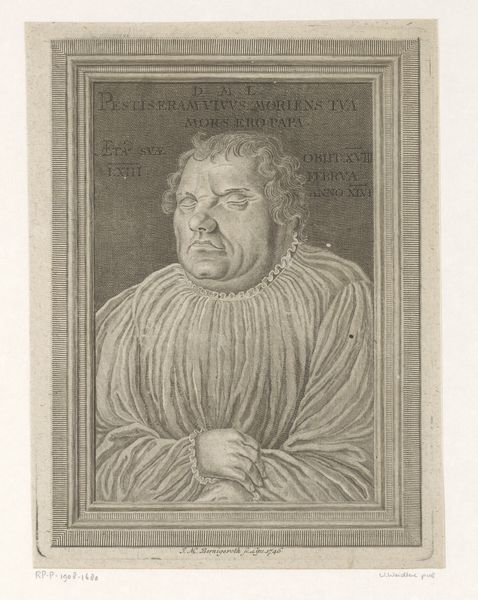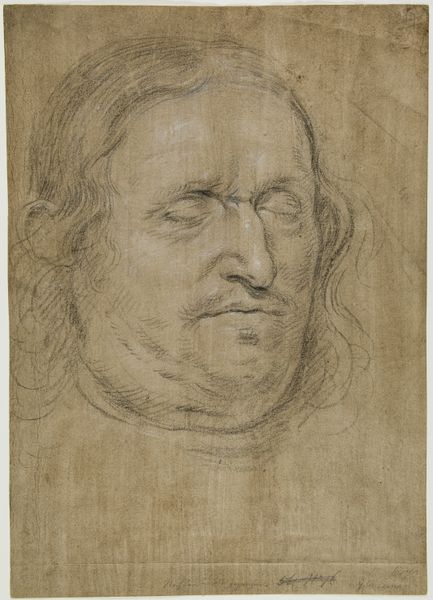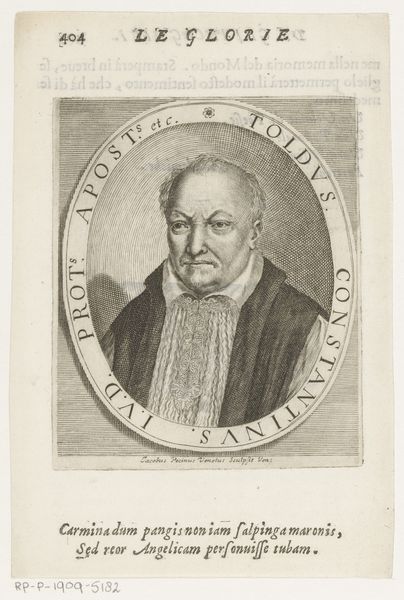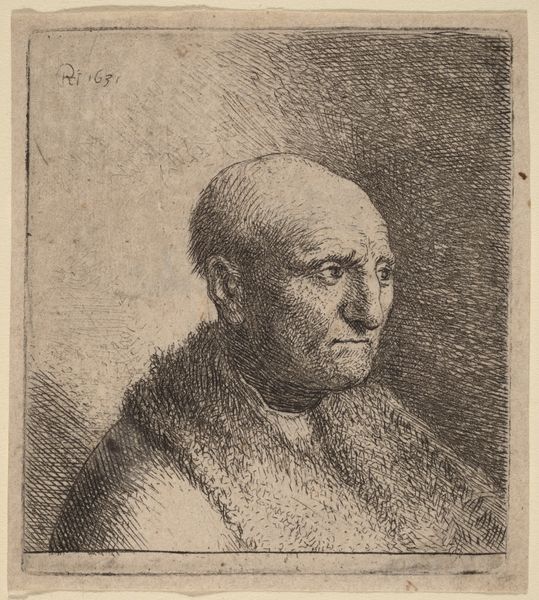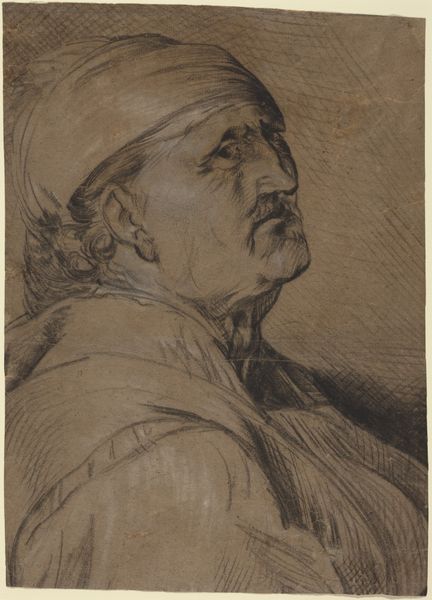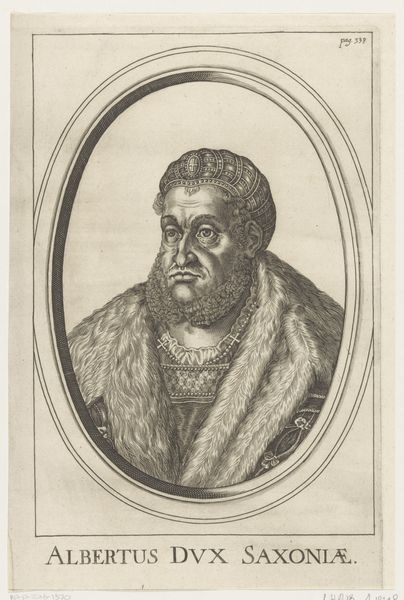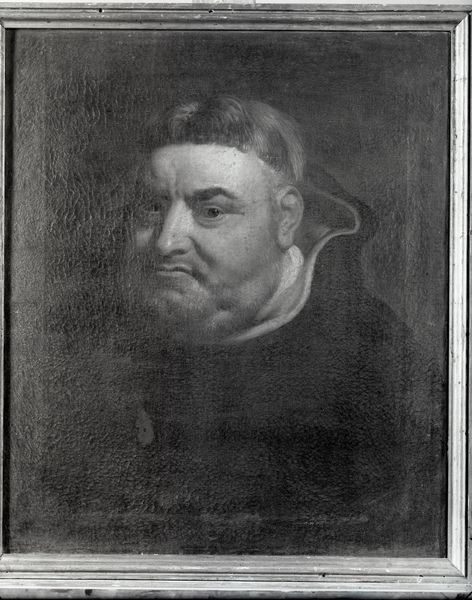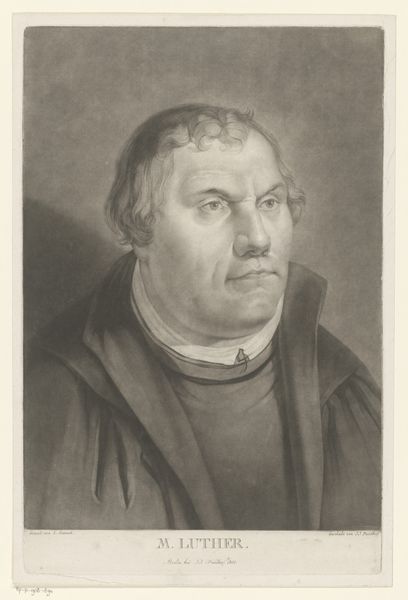
drawing, charcoal
#
portrait
#
drawing
#
facial expression drawing
#
baroque
#
charcoal drawing
#
portrait reference
#
pencil drawing
#
animal drawing portrait
#
portrait drawing
#
facial study
#
charcoal
#
portrait art
#
fine art portrait
#
digital portrait
Dimensions: 197 mm (height) x 178 mm (width) (bladmaal)
Curator: I find myself really drawn to this drawing. It's intense! All I can think of is how the gaze could bore right through you. Editor: That's a powerful reaction! You're looking at "Head of a Monk, Quarter Profile to the Left" by Willem Panneels. It's a charcoal drawing from the period of 1628 to 1630, currently held at the Statens Museum for Kunst. Curator: Ah, charcoal! I can see that now in the way the light kind of clings to the page. But knowing it's a study...is this just Willem Panneels practicing or is it preparatory work for something larger? Is the figure inspired or just made up? It has that “alive in the world” quality to it. Editor: It is likely that Panneels sketched the portrait for academic exercise and to keep it for workshop reference as portrait drawings are extremely frequent among Panneels' production. Moreover, such drawings may very well have circulated within the workshop of Peter Paul Rubens and other workshops of that time as models for figure representation and further academic studies. Curator: A model then? Knowing that transforms the monk into everyman, someone whose likeness has touched who knows how many different pieces. Maybe even, somewhere down the line, influenced art we all have hanging on our walls? Now there’s a legacy, an idea I like a whole lot more! It isn’t about him—it's about us! Editor: Precisely. Panneels would have learned drawing under the influence of Rubens's studio, in a professional context with constant cross-referencing between artists and their repertories. Even the way Panneels lays down his charcoal reflects the dissemination of common manner of drawing at Rubens's workshop, contributing to our historical knowledge of workshop practices and artistic transmission in the Baroque era. Curator: And yet it feels so much like more than charcoal to me... Almost sculptural in its presence and volume... Well, now I’m seeing it anew, this legacy rippling forward. That, I have to say, makes it all the more impressive. Editor: Absolutely, art invites infinite dialogue across eras. I’m so glad this conversation prompted those reflections!
Comments
No comments
Be the first to comment and join the conversation on the ultimate creative platform.
